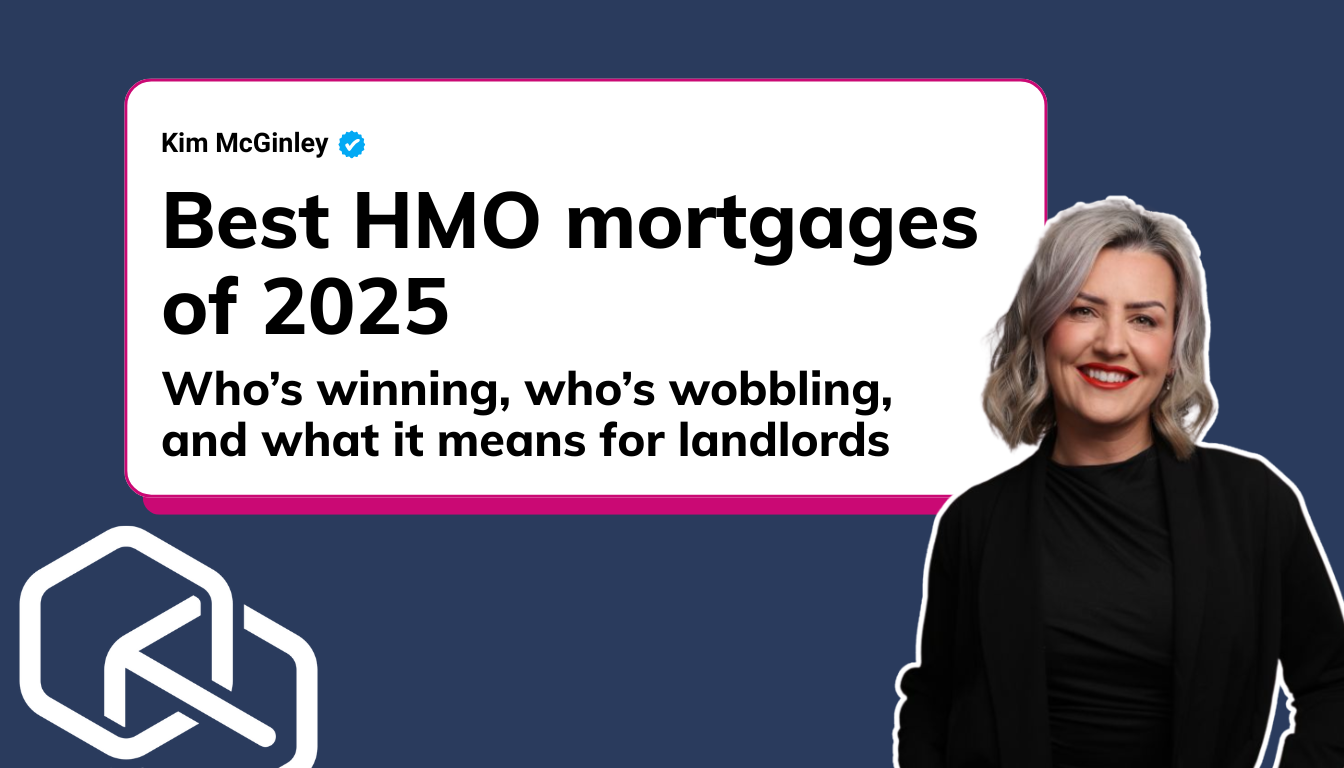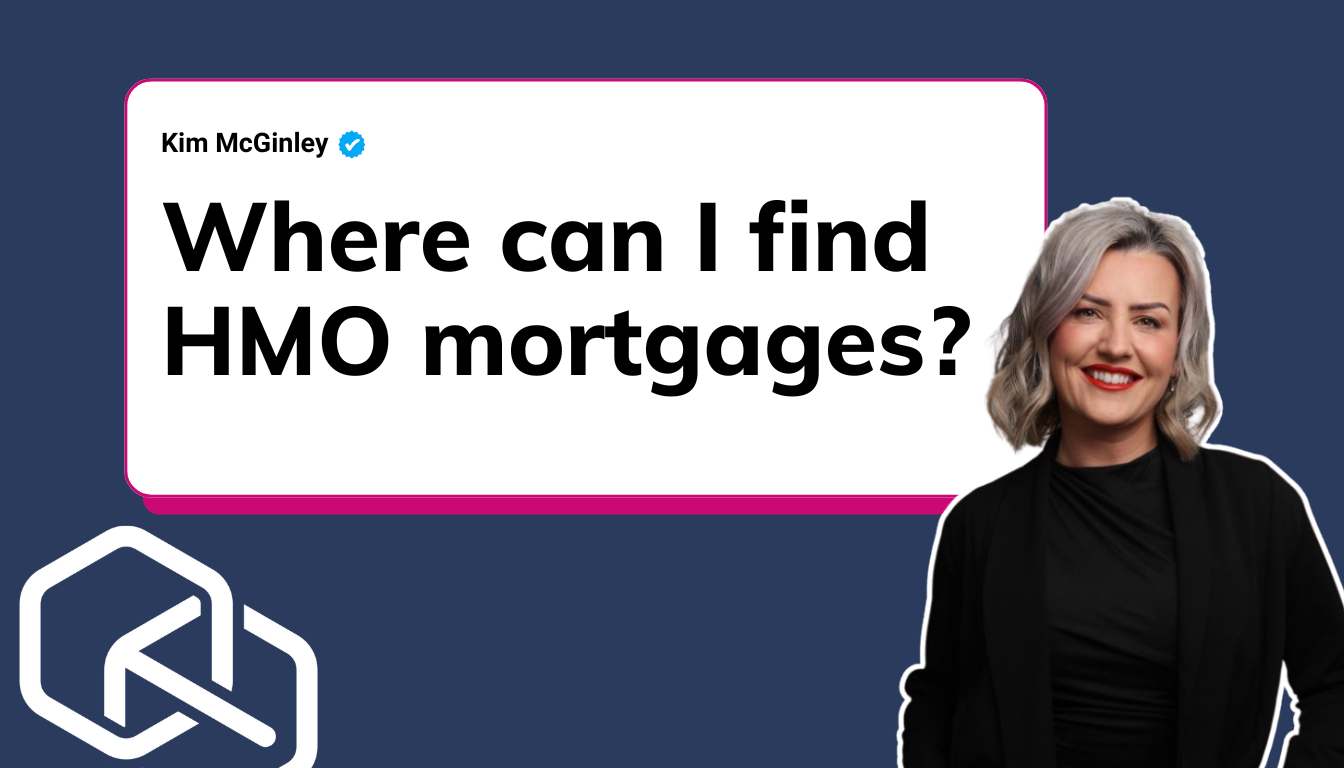Let’s be honest, the mortgage world has a bit of a love affair with acronyms. One of the most tossed-around terms, especially in property investing circles, is HMO. Everyone assumes you already know what it is. And many new investors nod along, not wanting to admit they’re unsure. So let’s strip away the jargon and get to the heart of what an HMO mortgage really is, why it’s different, and what you need to watch out for.
An HMO, short for House in Multiple Occupation, is essentially a property rented by three or more unrelated tenants who share communal spaces like a kitchen or bathroom. Picture a group of students sharing a six-bedroom house or young professionals in a house-share setup. These types of properties are attractive to landlords for one key reason: they generate more income than your typical single-let. Instead of one rent payment each month, you’re collecting rent from multiple tenants, which can lead to significantly stronger cash flow.
But with greater reward comes greater complexity.
The moment you decide to invest in an HMO, your regular buy-to-let mortgage won’t cut it anymore. Lenders view HMOs as higher risk because of their added layers: multiple tenants, more wear and tear, licensing requirements, and tighter regulations. That’s where HMO mortgages come in, a specific type of financing designed to address the unique nature of these properties.
One of the key distinctions in HMO lending lies in how the property is valued. For smaller HMOs, usually those with up to six tenants, valuations often follow a simple “bricks-and-mortar” approach, just like any standard house. But larger HMOs, typically seven bedrooms or more, often require what’s called a “red book” valuation, which values the property based on its rental income potential. That can dramatically affect how much you can borrow and what kind of deposit you’ll need to put down.
Some lenders may even apply this investment-style valuation to smaller HMOs, but usually only if the property is heavily adapted for multiple occupancy or located in regulated zones like Article 4 areas. This is where a good mortgage broker becomes invaluable. Someone who understands the HMO market and knows which lenders to approach can make the difference between a “yes” and a “not a chance.”
Your experience also plays a role. Many lenders prefer applicants who already have landlord experience, especially in the HMO space. While there are a few who will work with first-time landlords, it usually comes at the cost of higher rates or stricter conditions. Typically, you’ll need at least a 25% deposit, but the exact amount varies depending on your background, tenant profile, and the lender’s specific criteria.
And it doesn’t stop there.
HMOs are also subject to licensing requirements, which vary by council. If your HMO isn’t licensed, or if you haven’t even applied for one, a lender may decline your application outright. Add in planning permissions, fire safety compliance, and specific building standards, and it becomes clear why this isn’t your average property deal. For larger HMOs, you might also encounter planning classifications like sui generis, which again adds another layer of complexity to your mortgage application.
Another thing to keep in mind is your exit plan. If you’re converting a single-let property into an HMO, you won’t typically be able to refinance with an HMO mortgage until all the work is completed and the property is fully operational. That means you’ll need to manage your finances carefully through the renovation phase before the higher valuation kicks in.
Yes, it’s true that HMO mortgage rates are usually higher than standard buy-to-let products. Arrangement fees might be more expensive too. But in return, you get diversified income and a more resilient model. If one tenant moves out, you’re not stuck with an empty house; others are still paying, and the property remains cash flowing.
HMOs are not for the faint-hearted. They require strong systems, an eye for compliance, and the ability to juggle multiple relationships with tenants, councils, contractors, and lenders. But with the right team around you and a broker who knows how to navigate the nuances of the HMO lending world, this can be one of the most profitable strategies in UK property.
In short, a well-structured HMO with the right mortgage behind it isn’t just a high-yield asset; it’s a business. And like any good business, the foundation matters. Get the financing wrong, and the whole thing can wobble. Get it right, and it could set you up for serious long-term success.
Let’s be honest, the mortgage world has a bit of a love affair with acronyms. One of the most tossed-around terms, especially in property investing circles, is HMO. Everyone assumes you already know what it is. And many new investors nod along, not wanting to admit they’re unsure. So let’s strip away the jargon and get to the heart of what an HMO mortgage really is, why it’s different, and what you need to watch out for.
An HMO, short for House in Multiple Occupation, is essentially a property rented by three or more unrelated tenants who share communal spaces like a kitchen or bathroom. Picture a group of students sharing a six-bedroom house or young professionals in a house-share setup. These types of properties are attractive to landlords for one key reason: they generate more income than your typical single-let. Instead of one rent payment each month, you’re collecting rent from multiple tenants, which can lead to significantly stronger cash flow.
But with greater reward comes greater complexity.
The moment you decide to invest in an HMO, your regular buy-to-let mortgage won’t cut it anymore. Lenders view HMOs as higher risk because of their added layers: multiple tenants, more wear and tear, licensing requirements, and tighter regulations. That’s where HMO mortgages come in, a specific type of financing designed to address the unique nature of these properties.
One of the key distinctions in HMO lending lies in how the property is valued. For smaller HMOs, usually those with up to six tenants, valuations often follow a simple “bricks-and-mortar” approach, just like any standard house. But larger HMOs, typically seven bedrooms or more, often require what’s called a “red book” valuation, which values the property based on its rental income potential. That can dramatically affect how much you can borrow and what kind of deposit you’ll need to put down.
Some lenders may even apply this investment-style valuation to smaller HMOs, but usually only if the property is heavily adapted for multiple occupancy or located in regulated zones like Article 4 areas. This is where a good mortgage broker becomes invaluable. Someone who understands the HMO market and knows which lenders to approach can make the difference between a “yes” and a “not a chance.”
Your experience also plays a role. Many lenders prefer applicants who already have landlord experience, especially in the HMO space. While there are a few who will work with first-time landlords, it usually comes at the cost of higher rates or stricter conditions. Typically, you’ll need at least a 25% deposit, but the exact amount varies depending on your background, tenant profile, and the lender’s specific criteria.
And it doesn’t stop there.
HMOs are also subject to licensing requirements, which vary by council. If your HMO isn’t licensed, or if you haven’t even applied for one, a lender may decline your application outright. Add in planning permissions, fire safety compliance, and specific building standards, and it becomes clear why this isn’t your average property deal. For larger HMOs, you might also encounter planning classifications like sui generis, which again adds another layer of complexity to your mortgage application.
Another thing to keep in mind is your exit plan. If you’re converting a single-let property into an HMO, you won’t typically be able to refinance with an HMO mortgage until all the work is completed and the property is fully operational. That means you’ll need to manage your finances carefully through the renovation phase before the higher valuation kicks in.
Yes, it’s true that HMO mortgage rates are usually higher than standard buy-to-let products. Arrangement fees might be more expensive too. But in return, you get diversified income and a more resilient model. If one tenant moves out, you’re not stuck with an empty house; others are still paying, and the property remains cash flowing.
HMOs are not for the faint-hearted. They require strong systems, an eye for compliance, and the ability to juggle multiple relationships with tenants, councils, contractors, and lenders. But with the right team around you and a broker who knows how to navigate the nuances of the HMO lending world, this can be one of the most profitable strategies in UK property.
In short, a well-structured HMO with the right mortgage behind it isn’t just a high-yield asset; it’s a business. And like any good business, the foundation matters. Get the financing wrong, and the whole thing can wobble. Get it right, and it could set you up for serious long-term success.






